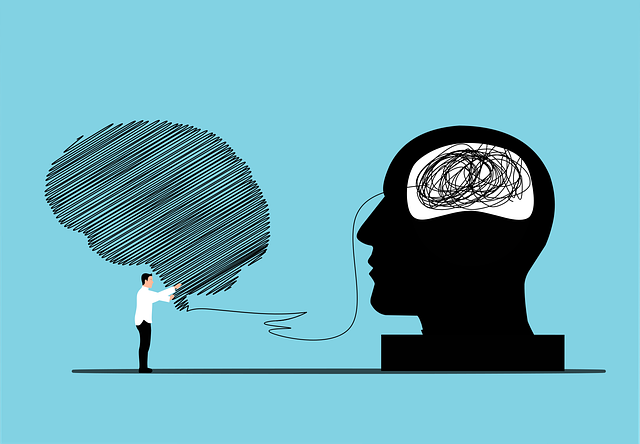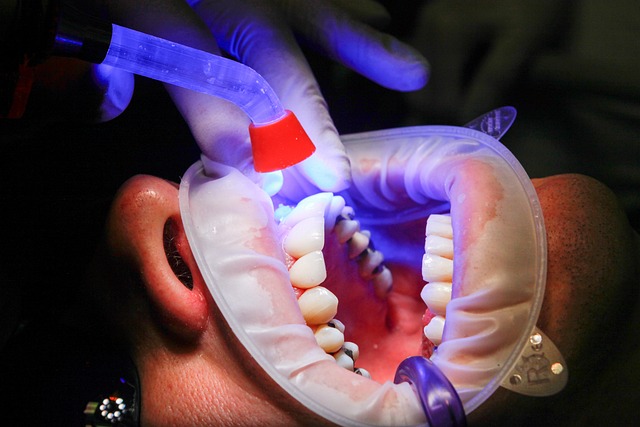Anxiety disorder treatment involves a multi-faceted approach combining CBT, exposure therapy, medication, and lifestyle changes. Accurate diagnosis is crucial, with mental health professionals assessing symptoms and tailoring therapy programs for conditions like GAD and social anxiety. CBT and mindfulness techniques modify negative thoughts and behaviors, offering holistic solutions. Building resilience through therapy, support systems, and wellness activities enhances long-term recovery, empowering individuals to manage anxiety effectively.
Anxiety disorders affect millions, making effective treatment crucial. This comprehensive guide explores various approaches to conquering comprehensive anxiety disorder and panic disorder. From understanding diagnosis and assessment to exploring therapeutic methods like cognitive-behavioral therapy (CBT) and mindfulness techniques, we provide insights for both individuals and support systems. Additionally, learn long-term management strategies that foster resilience and improved quality of life. Discover the resources and steps towards overcoming anxiety disorders with this insightful overview on anxiety disorder treatment.
- Understanding Anxiety Disorder Treatment: A Comprehensive Overview
- Diagnosis and Assessment for Effective Therapy Programs
- Therapeutic Approaches: From Cognitive-Behavioral to Mindfulness Techniques
- Building Resilience: Long-Term Management and Support Strategies
Understanding Anxiety Disorder Treatment: A Comprehensive Overview

Anxiety disorder treatment is a multifaceted approach designed to help individuals manage and overcome their conditions. It involves a combination of psychological therapies, medication, and lifestyle changes tailored to address specific types of anxiety disorders, such as generalized anxiety disorder (GAD) and panic disorder. The primary goal is to equip people with coping mechanisms, challenge negative thought patterns, and reduce the frequency and intensity of anxious symptoms.
Psychotherapies, including cognitive-behavioral therapy (CBT) and exposure therapy, are cornerstones of anxiety disorder treatment. CBT helps patients identify and change unhelpful thinking and behavior while teaching them relaxation techniques to manage anxiety. Exposure therapy gradually exposes individuals to feared situations or objects, desensitizing them over time. For social anxiety treatment, specific strategies may be employed to foster social interactions and build confidence in social settings. These therapeutic approaches offer long-lasting benefits, enabling individuals to lead more fulfilling lives free from the shackles of anxiety.
Diagnosis and Assessment for Effective Therapy Programs

Accurately diagnosing and assessing anxiety disorders is a critical first step for effective anxiety disorder treatment. The process typically involves comprehensive evaluations conducted by qualified mental health professionals, such as psychiatrists or licensed therapists. These assessments delve into the individual’s medical history, psychological background, and current symptoms to pinpoint specific anxieties, including panic disorder or social anxiety treatment needs.
Through structured interviews, questionnaires, and standardized measures, these professionals gain insights into the severity and impact of symptoms on daily functioning. Such evaluations are pivotal in tailoring anxiety therapy programs, ensuring interventions align with the unique presentation of each individual’s condition, whether it be Generalized Anxiety Disorder (GAD) or other specific anxiety disorders.
Therapeutic Approaches: From Cognitive-Behavioral to Mindfulness Techniques

In addressing comprehensive anxiety disorder treatment and panic disorder therapy programs, a range of therapeutic approaches offer hope and effective solutions. Cognitive-behavioral therapy (CBT) is a cornerstone method, focusing on identifying and modifying negative thought patterns and behaviors associated with anxiety. By challenging distorted beliefs and replacing them with more realistic and balanced perspectives, CBT empowers individuals to manage their symptoms effectively.
Complementing CBT are mindfulness techniques, which have gained significant recognition in both GAD treatment and social anxiety treatment. Mindfulness practices encourage individuals to stay present and non-judgmentally aware of their thoughts and feelings without seeking to change them. This approach helps cultivate a sense of calm and resilience, allowing for better coping strategies during moments of heightened anxiety. Anxiety therapy, thus, becomes a holistic process that integrates these diverse techniques to tailor treatment plans for individual needs.
Building Resilience: Long-Term Management and Support Strategies
Building resilience is a key aspect of long-term management for those dealing with anxiety disorders. The journey towards recovery involves equipping individuals with effective coping strategies to navigate life’s challenges. Through therapy, patients learn to challenge negative thought patterns and develop healthier ways of thinking and behaving. This process equips them with the tools to manage symptoms over time.
Support systems play a crucial role in fostering resilience. Encouraging social connections and engaging in activities that promote well-being can significantly enhance recovery. For social anxiety treatment, group therapy sessions provide a safe space to practice social interactions. Anxiety therapy techniques, such as mindfulness and relaxation exercises, are valuable tools for managing Generalized Anxiety Disorder (GAD) symptoms. By integrating these strategies into daily life, individuals build mental fortitude, ensuring better control over their anxiety in the long run.
Anxiety disorder treatment is a multifaceted approach that combines diagnosis, cognitive-behavioral therapy, mindfulness techniques, and long-term support strategies. By understanding these components and their integration, individuals can effectively navigate and overcome panic disorders, leading to improved quality of life. Remember that building resilience is key to managing anxiety disorders, enabling folks to thrive despite challenges.

